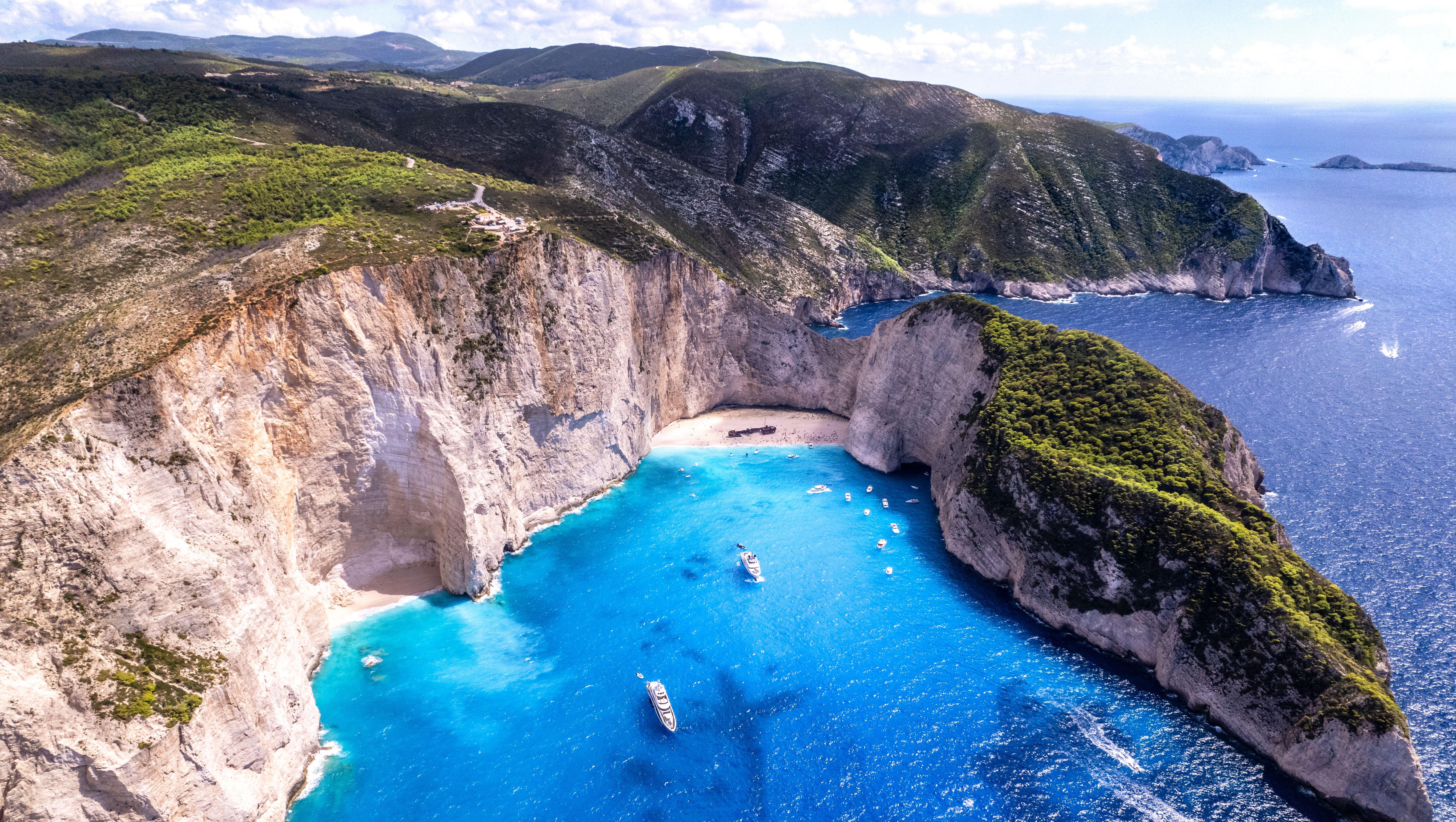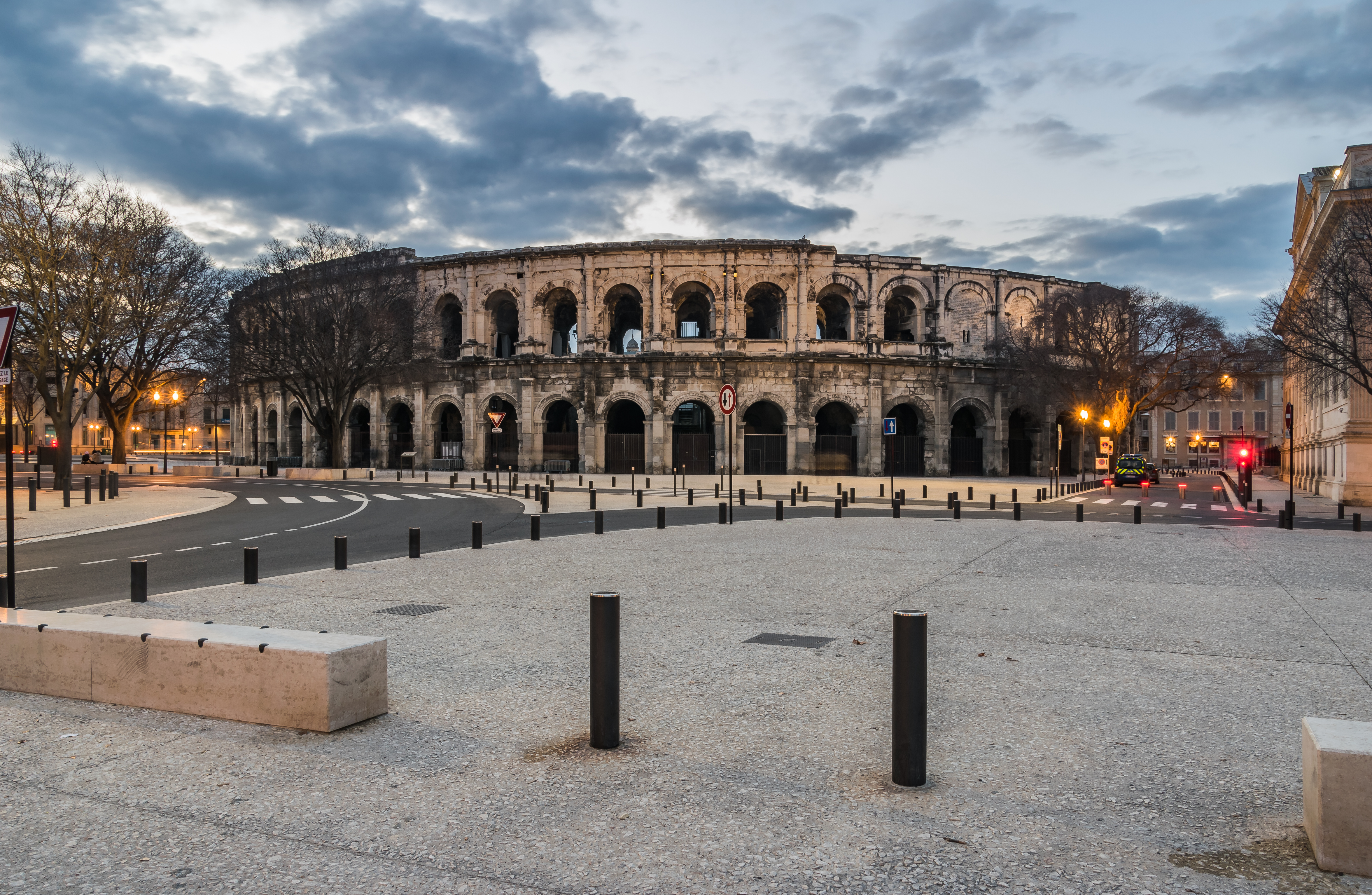Abandoned Cold War Bunkers and Nuclear Silos You Can Tour
The Cold War era, a period of geopolitical tension between the Soviet Union and the United States along with their respective allies, left behind a legacy of military installations designed for an anticipated nuclear conflict. Among these remnants are the abandoned bunkers and nuclear silos scattered across the globe. Today, these once-secretive sites have become intriguing destinations for history enthusiasts and curious tourists alike. They offer a unique glimpse into the past, showcasing the engineering marvels and strategic planning that characterized this tense period. As we explore these relics, we uncover stories of espionage, technological advancements, and the ever-looming threat of nuclear warfare that defined the mid-20th century.
The Greenbrier Bunker: America’s Hidden Fortress
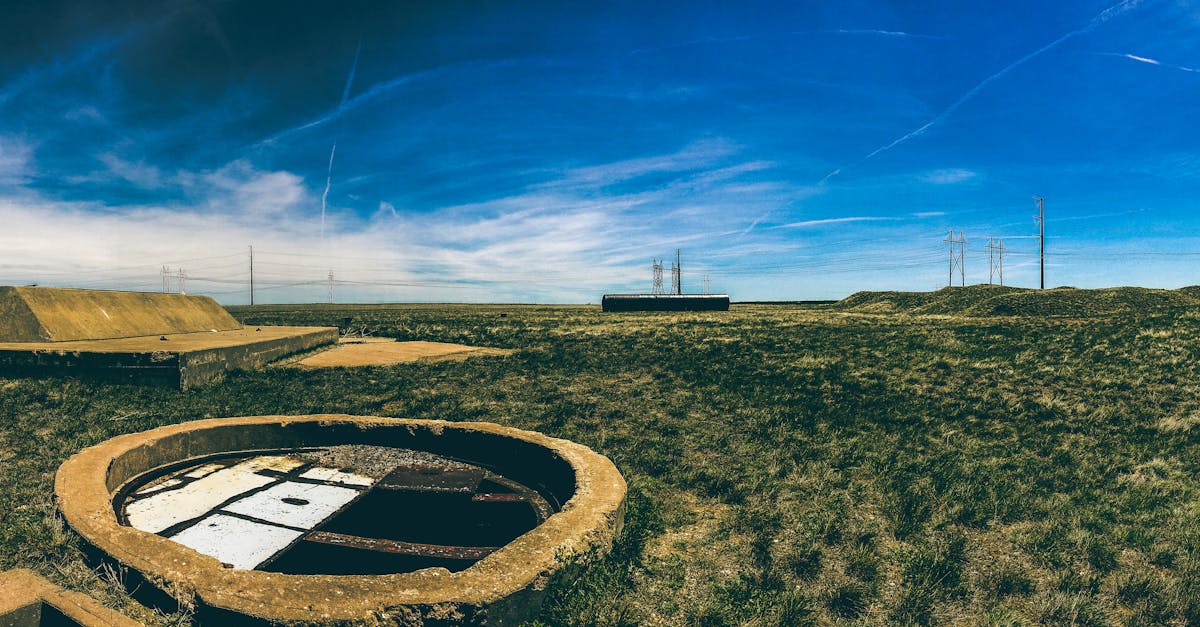
Nestled beneath the luxurious Greenbrier Resort in West Virginia, the Greenbrier Bunker was a top-secret fallout shelter built for the United States Congress during the Cold War. Completed in 1961, this massive facility could accommodate over 1,000 people and was equipped with everything necessary to sustain life for an extended period, including a power plant, medical clinic, and even a communications center. The bunker remained a closely guarded secret until it was exposed by the Washington Post in 1992. Today, visitors can tour this fascinating site, exploring its vast corridors and learning about its history as a hidden bastion of American resilience.
The Diefenbunker: Canada’s Cold War Museum
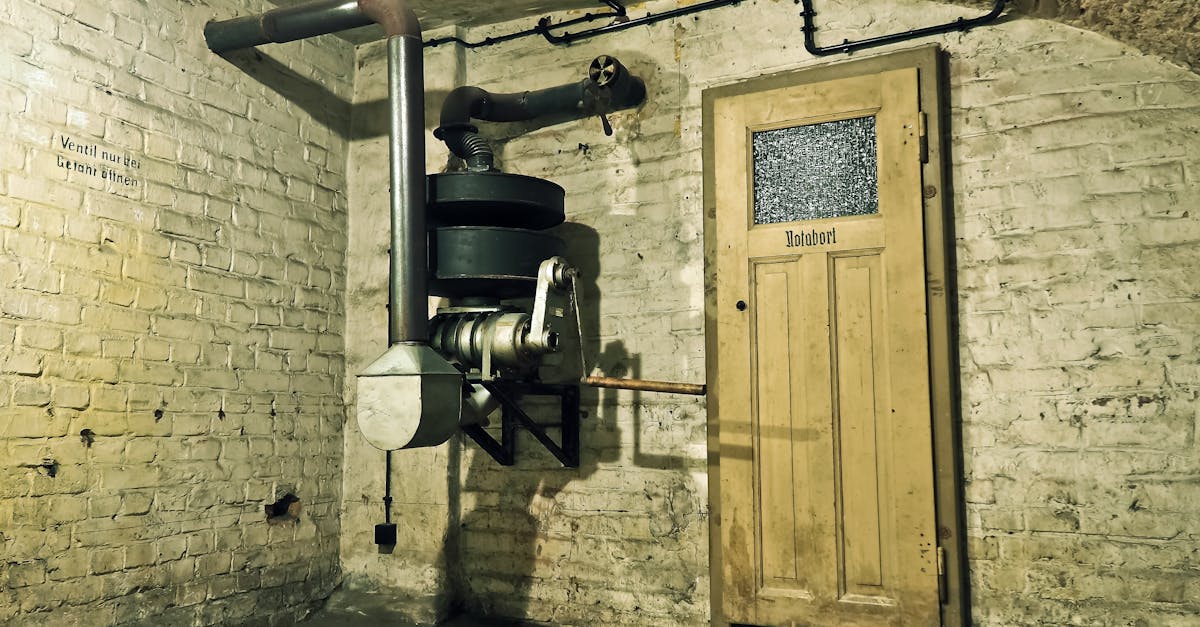
Located just outside of Ottawa, the Diefenbunker was Canada’s answer to nuclear preparedness. Built between 1959 and 1961, this four-story, underground fortress was designed to house key government officials in the event of a nuclear attack. Named after Prime Minister John Diefenbaker, the bunker now serves as a museum dedicated to the Cold War era. Visitors can wander through the decontamination chambers, radio studios, and the Prime Minister’s suite, gaining insight into Canada’s strategic planning during this volatile time. The Diefenbunker offers an immersive experience, complete with interactive exhibits that bring the Cold War to life.
The Titan Missile Museum: America’s Nuclear Arsenal
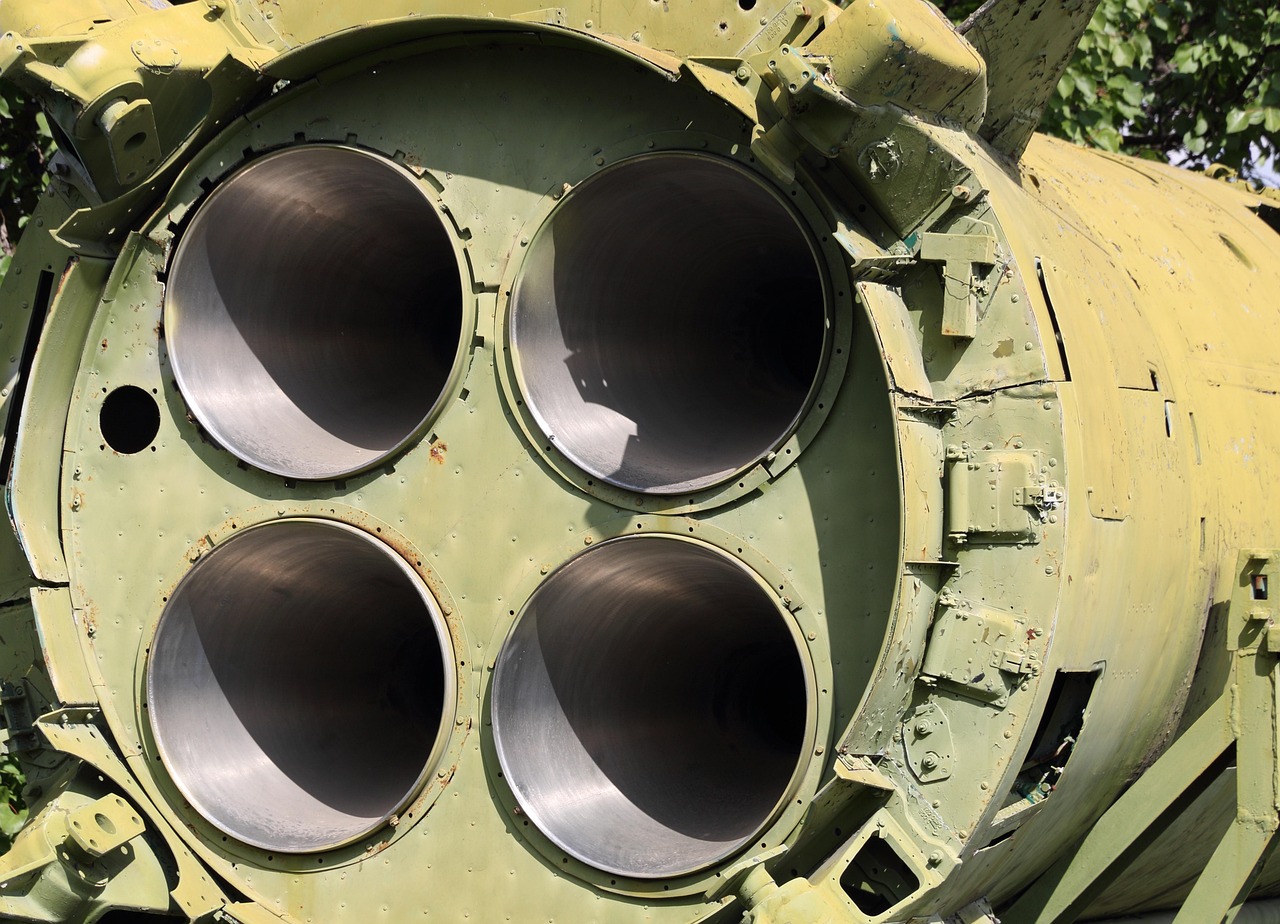
In the Arizona desert lies the Titan Missile Museum, home to the last remaining Titan II missile site. This facility, once part of America’s nuclear deterrent, offers a rare glimpse into the technology and operations of intercontinental ballistic missiles (ICBMs). Visitors can descend into the silo, explore the launch control center, and even simulate a missile launch. The museum provides a detailed look at the missile’s capabilities and the rigorous protocols that governed its use. This site stands as a testament to the immense power wielded during the Cold War and the delicate balance of fear that prevented its deployment.
The Soviet Bunker: A Glimpse Behind the Iron Curtain
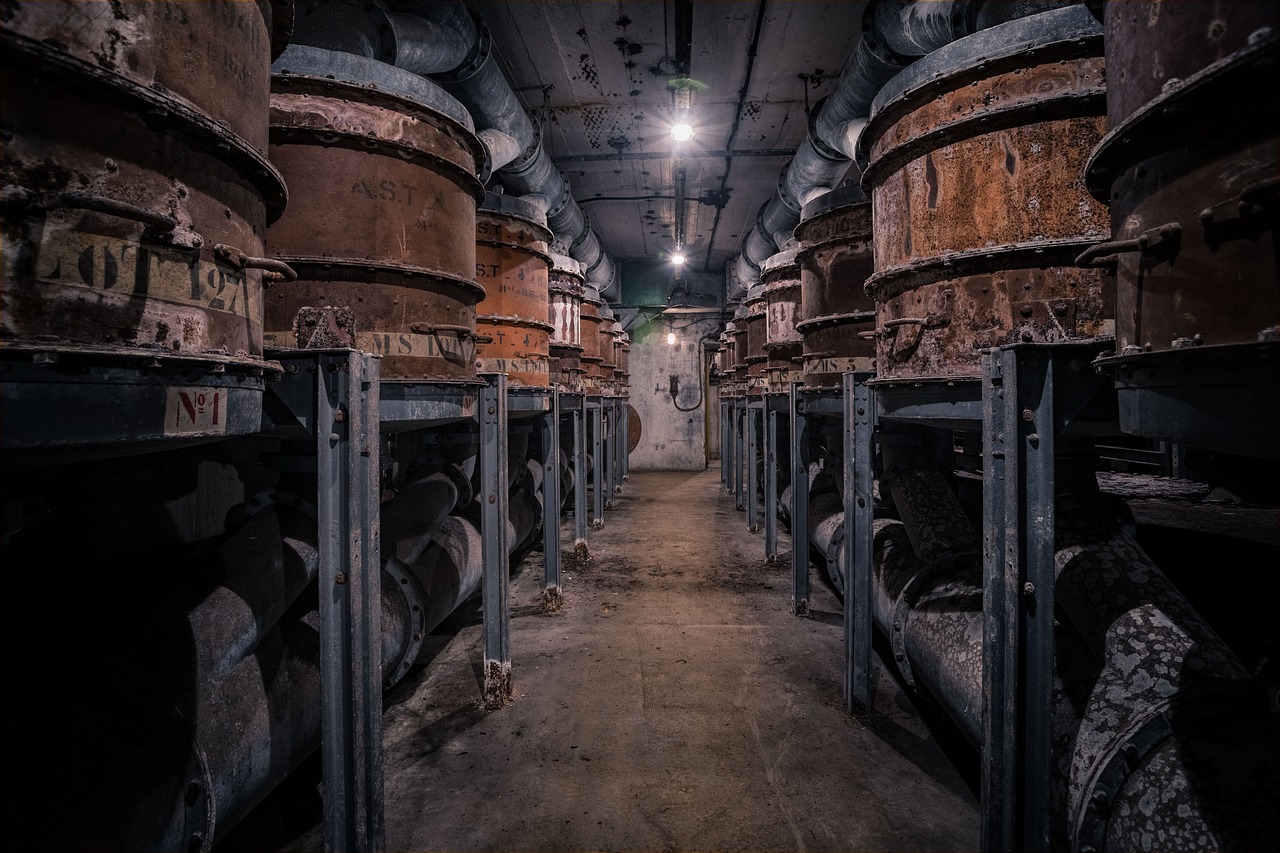
Deep beneath the streets of Vilnius, Lithuania, lies a Soviet-era bunker that offers a chilling perspective on life behind the Iron Curtain. Known as the Museum of Genocide Victims, this site was originally constructed for the Soviet government and the KGB. Today, it provides a stark reminder of the oppressive regime that once controlled Eastern Europe. Visitors can explore the bunker’s interrogation rooms, communications center, and living quarters, gaining an understanding of the pervasive surveillance and control exercised by the Soviet state. This haunting site serves as a poignant reminder of the human cost of the Cold War.
The Kelvedon Hatch Secret Nuclear Bunker: Britain’s Last Line of Defense

Hidden beneath the English countryside, the Kelvedon Hatch Secret Nuclear Bunker was designed to protect British government officials in the event of a nuclear strike. Built in the 1950s, this three-story underground complex could accommodate up to 600 people. Today, it stands as a museum, offering visitors a chance to explore its operations room, dormitories, and even a BBC studio. The bunker provides a fascinating insight into Britain’s Cold War strategy and the lengths to which the government was prepared to go to ensure continuity in the face of nuclear annihilation.
The Loring Air Force Base: A Strategic Stronghold

Once a critical component of America’s strategic air command, Loring Air Force Base in Maine played a vital role during the Cold War. It housed a fleet of B-52 bombers and KC-135 tankers, ready to respond at a moment’s notice. Although the base was decommissioned in 1994, its infrastructure remains largely intact. Tours of the site reveal the vast hangars, runways, and support facilities that once buzzed with activity. The base serves as a reminder of the immense military buildup during the Cold War and the constant readiness that defined this era of tension.
The Maginot Line: France’s Defensive Masterpiece

Although primarily associated with World War II, the Maginot Line was repurposed during the Cold War as a defensive barrier against potential Soviet aggression. This extensive network of fortifications along France’s eastern border includes bunkers, tunnels, and artillery emplacements. Today, several sections of the Maginot Line are open to the public, offering a glimpse into the strategic mindset that shaped Europe’s defenses. Visitors can explore the underground passages and see firsthand the engineering prowess that went into constructing this formidable line of defense. The Maginot Line remains a symbol of France’s commitment to national security during tumultuous times.
The Fuchu Air Defense Command Center: Japan’s Cold War Nerve Center
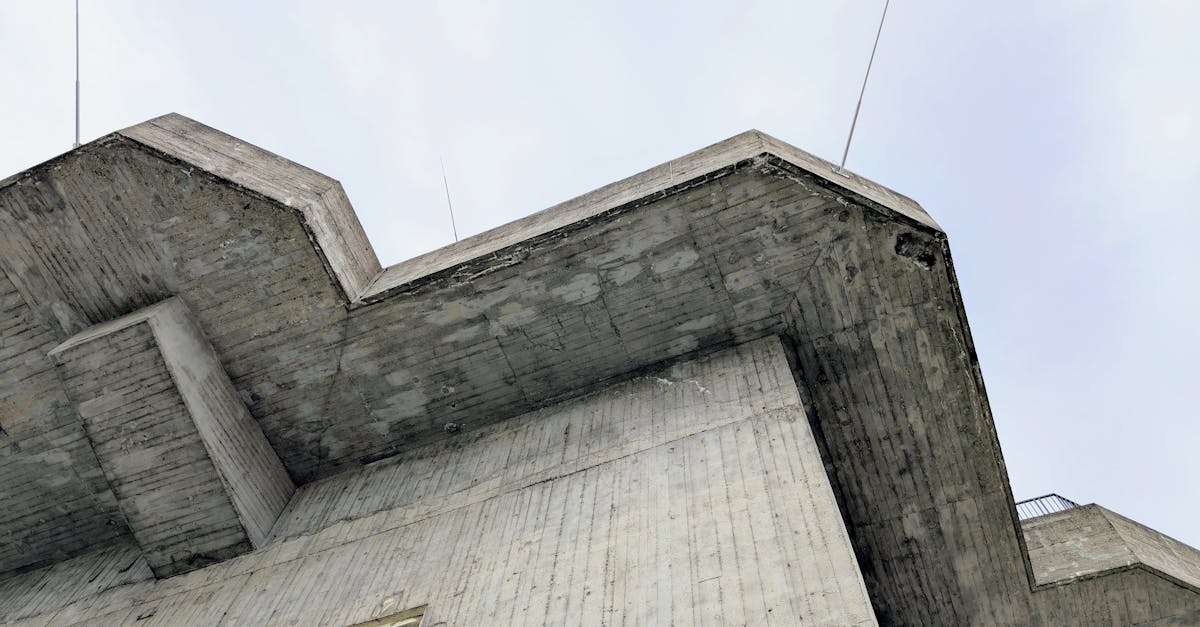
Located near Tokyo, the Fuchu Air Defense Command Center was a critical component of Japan’s defense strategy during the Cold War. This underground facility coordinated air defense operations and housed sophisticated radar systems designed to detect incoming threats. Although the center has since been decommissioned, it remains a fascinating relic of Japan’s military history. Tours of the site reveal the advanced technology and strategic planning that characterized Japan’s approach to Cold War defense. The Fuchu Air Defense Command Center highlights the global nature of the Cold War and the widespread efforts to maintain peace through preparedness.
The RAF Holmpton Bunker: Britain’s Radar Defense

Built in the 1950s, the RAF Holmpton Bunker in Yorkshire was part of Britain’s radar defense network, designed to detect and respond to potential Soviet airstrikes. This underground facility housed advanced radar equipment and a team of dedicated personnel who monitored the skies for signs of aggression. Today, the bunker operates as a museum, offering visitors a chance to experience the tension and urgency of Cold War air defense operations. The RAF Holmpton Bunker provides a unique perspective on the technological advancements and strategic planning that underpinned Britain’s defense strategy during this era.
Preserving History for Future Generations

The abandoned bunkers and nuclear silos of the Cold War are more than just relics of a bygone era; they are tangible reminders of the geopolitical tensions and technological innovations that defined the mid-20th century. As these sites are preserved and opened to the public, they offer valuable insights into the strategies and mindsets that shaped our modern world. Touring these locations provides an opportunity to reflect on the past and consider the lessons learned from a time when the threat of nuclear conflict loomed large. By exploring these remnants, we ensure that the history of the Cold War is not forgotten, but rather serves as a guide for future generations in navigating the complexities of global relations.




